
[ad_1]
In response to the persistent social stigma confronted by leprosy-affected communities, the Rourkela Municipal Company and Rourkela Good Metropolis Restricted undertook initiatives to create inclusive public areas, addressing the particular wants of younger kids and caregivers.
Featured picture: Kids from the Leprosy Pada and neighbourhood areas having fun with the play areas in the course of the trial. Picture by: WRI India.
When Jita Mallick, an educator at Durgapur Anganwadi (early childhood studying and growth centre) in Rourkela was assigned to work with kids in a leprosy colony group, she might see how “the younger kids from the group continued to bear the brunt of the social stigma regardless of not being affected by the illness”.
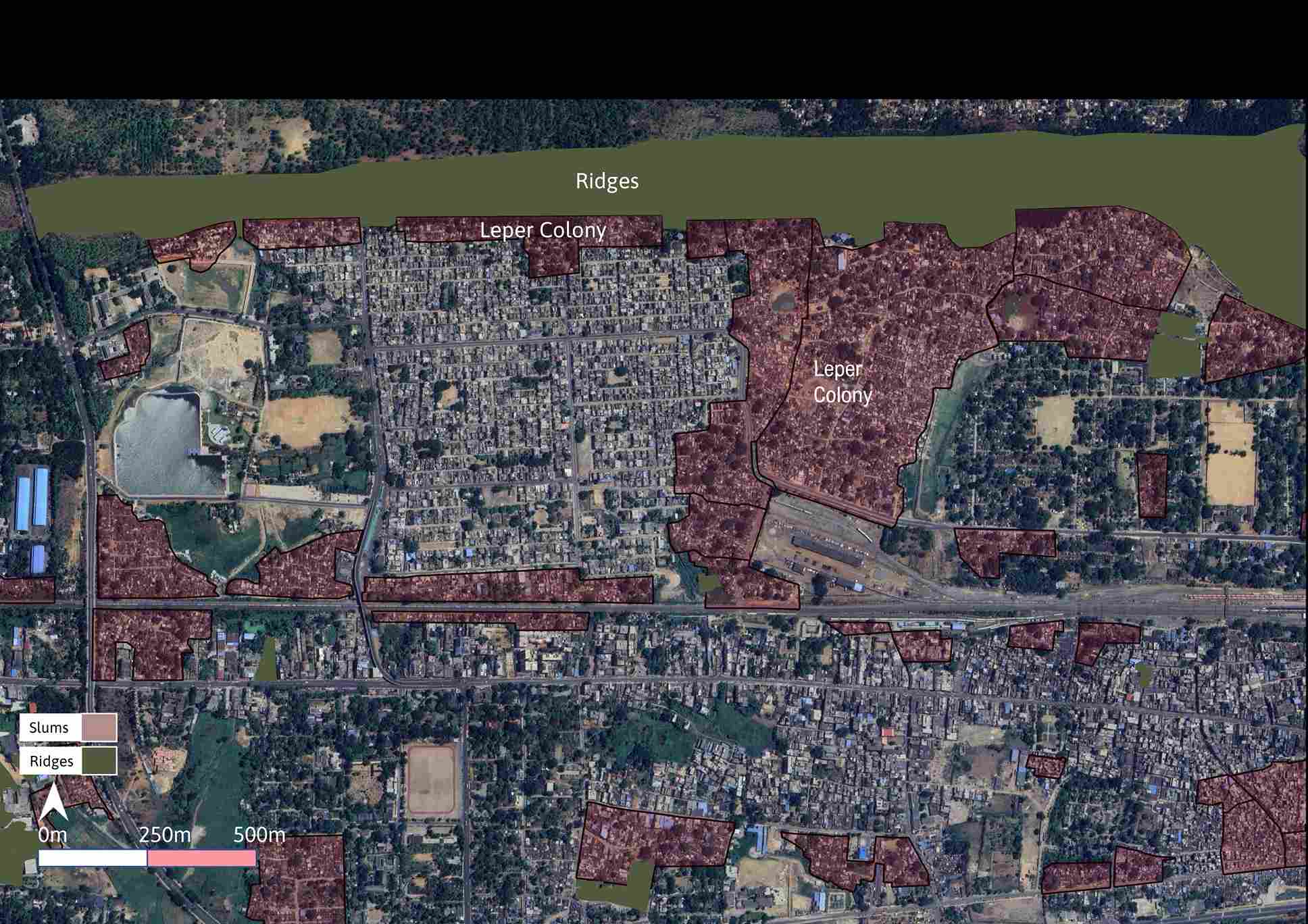
Supply: Google Maps.
India is dwelling to the biggest variety of leprosy-afflicted individuals on the earth. Presently, there are near 1,000 leprosy colonies in India, consisting of over three million individuals. They principally reside within the fringes of cities and villages. The youthful era from the leprosy households are usually not affected by the illness anymore. Nevertheless, the leprosy-affected group continues to face stigmatisation and isolation, which has been normalised as a consequence of a lack of information that persists to this present day.
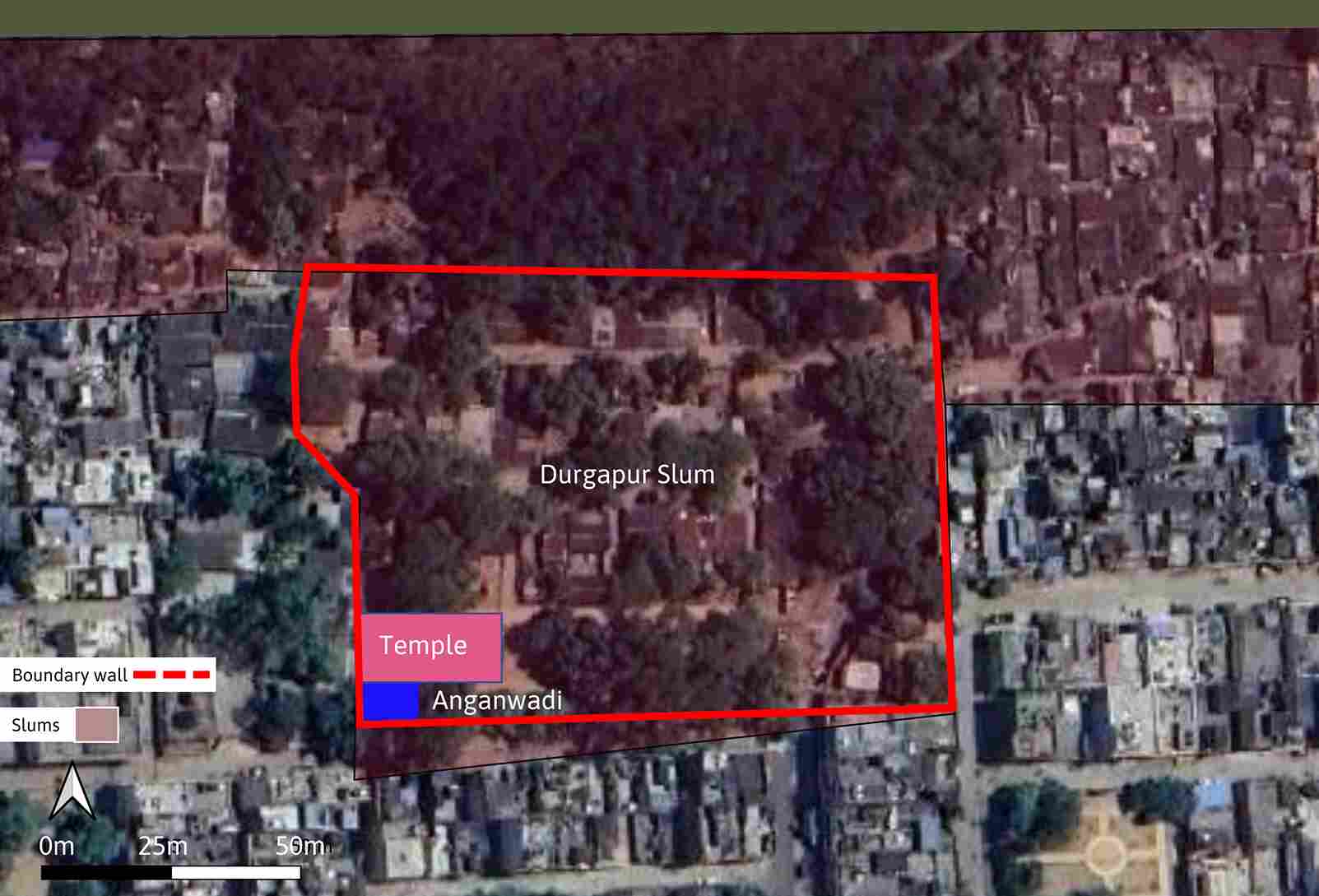

Mapping by Arunima Saha/WRI India. Supply: Google Maps.
The Durgapur Leprosy Colony lacked a devoted play space for younger kids. “There isn’t any play area locally. Kids play in areas stuffed with mud and stagnant water. Generally it results in infections,” rues Dullamani Pradha, mom of a six-year-old.
The younger kids and caregivers’ vary of mobility, being restricted to the neighbourhood each day, additionally impacts their entry to secure and wholesome play areas and outside time, as in comparison with surrounding formal settlements.
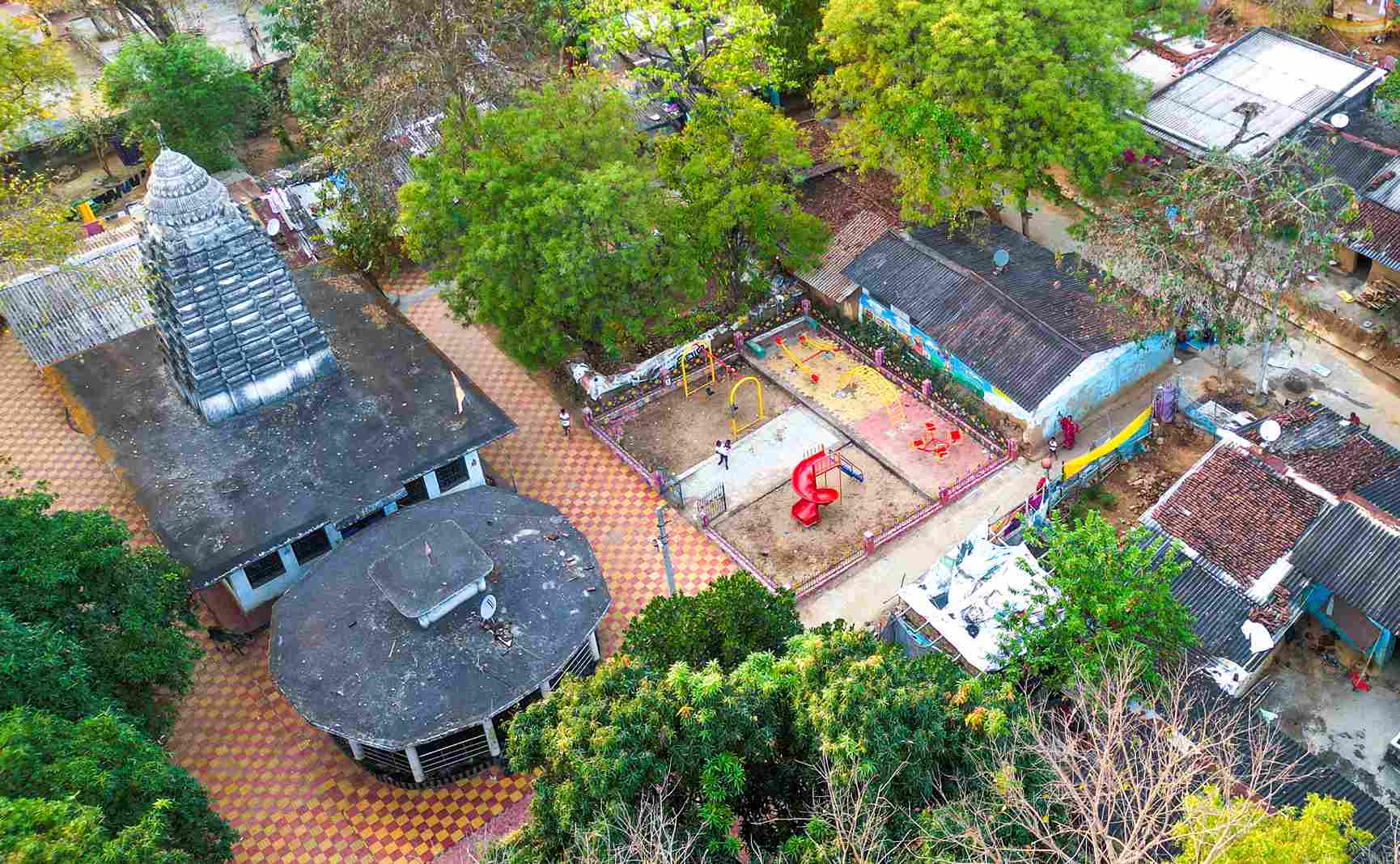
Recognising the challenges confronted by the group, the Rourkela Municipal Company (RMC) and Rourkela Good Metropolis Restricted (RSCL) determined to result in sustained transformation by means of the creation of a younger kids and caregiver-friendly public area beneath the Nurturing Neighbourhoods Problem (NNC).
Led by the Ministry of Housing and City Affairs and Good Cities Mission (MoHUA) and supported by the Van Leer Basis with WRI India as its technical accomplice, the NNC is bringing a young-children-and-caregiver-friendly perspective to city planning throughout 10 Indian cities. This expertise supplied many learnings that might profit City Native Our bodies (ULBs) working with such weak communities.

RMC and RSCL interacted with Leprosy Pada residents, each younger and outdated, and performed common group engagements to grasp their wants higher. Such interactions not solely helped in garnering a consensus but additionally helped in figuring out the prevailing utilization patterns of the residents that enabled the clustering of various actions.
Appropriate websites for the interventions had been then recognized primarily based on the info collected to make sure the protection, accessibility, and footfall of younger kids and their caregivers. The involvement of native girls from the beginning has additional ensured the upkeep of the remodeled area beneath the MUKTA (Mukhya Mantri Karma Tatpar Abhiyan) mission.
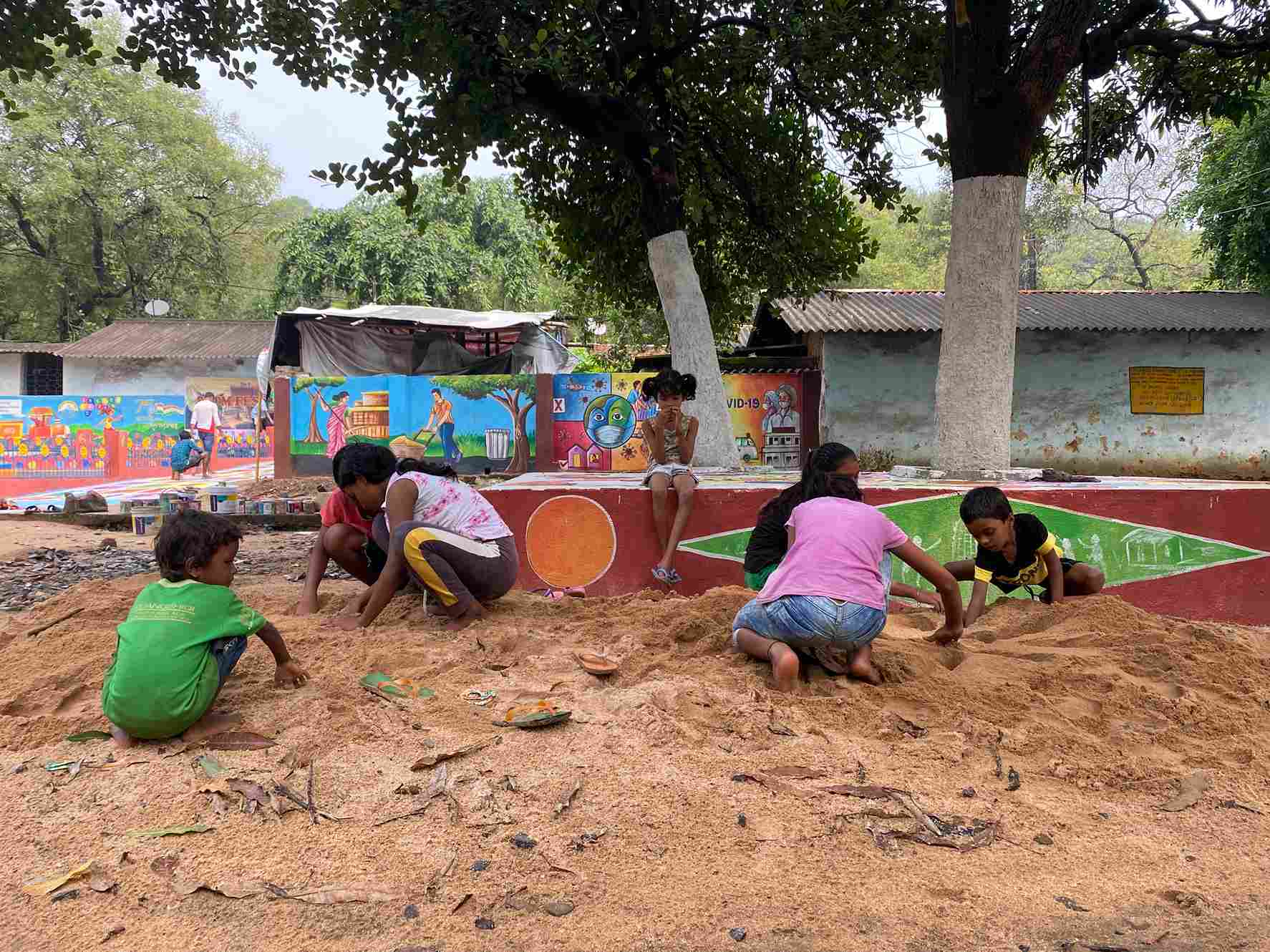
Trial interventions that concerned all stakeholders helped foster a way of possession within the undertaking. RMC and RSCL piloted and examined out the answer utilizing low-cost, simply out there supplies resembling tyres and sand. These short-term play parts acquired an amazing response from the group kids.
In a primary, an occasion organised on this neighbourhood attracted outsiders as lively contributors. The open play area was clearly demarcated with fencing and seating was added close to the playground for the accompanying caregivers. “Our youngsters at the moment are spending the entire day within the playground,” laughs Nandini Bariha, a caregiver of a five-year-old.
Reimagining the environment in the direction of shaping one public realm
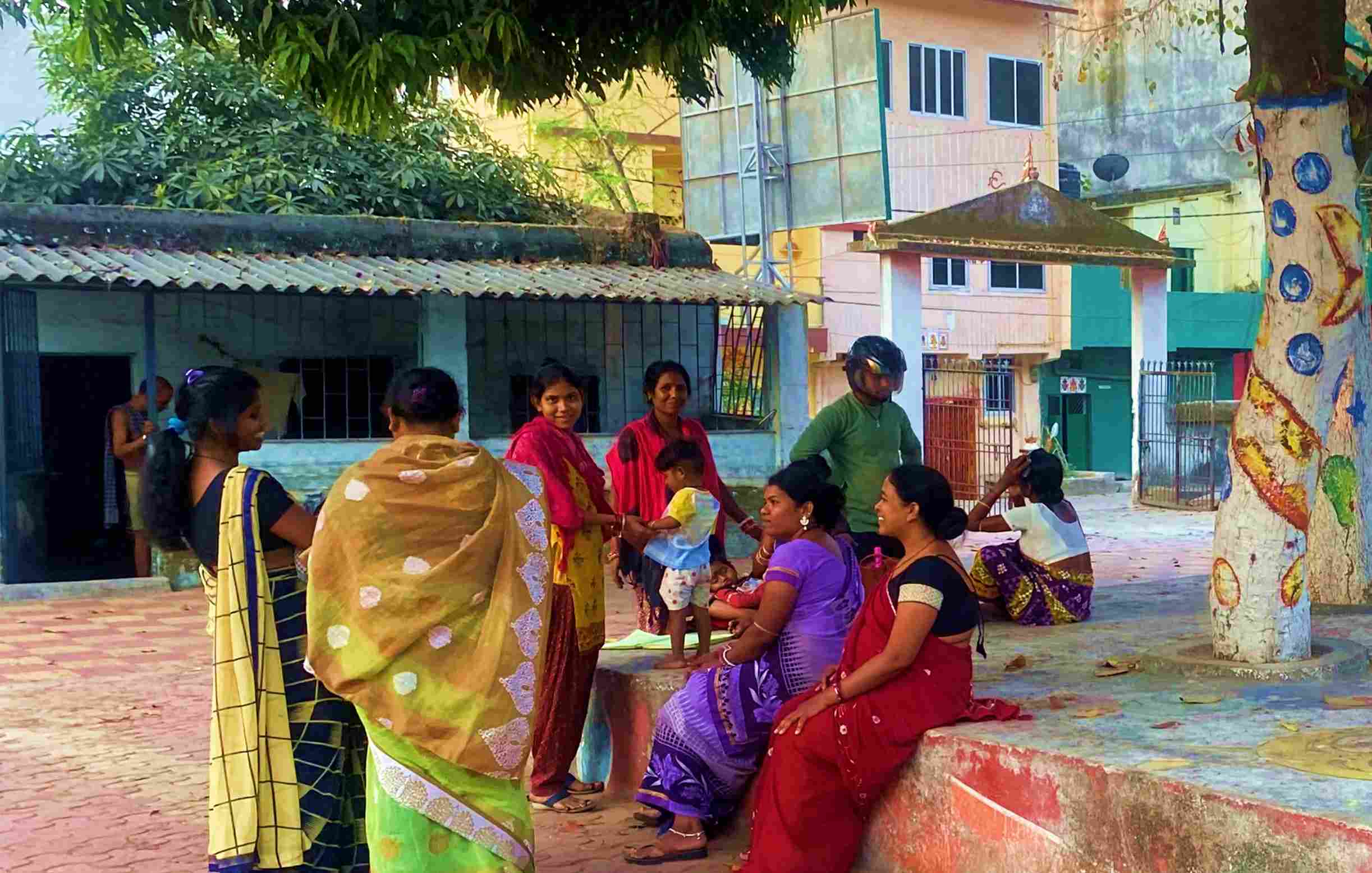
Seeing the rising public acceptance, RMC and RSCL began appreciating the general public area and started enhancing the general space by closing open drains, putting in seating, and organising an outside fitness center. Whereas the play space sees a excessive footfall of youngsters, the adjoining areas are turning out to be dynamic entities, attracting residents from each Leprosy Pada in addition to from the adjoining colonies.

This space is right now a gathering area for a number of actions together with well being camps and ladies’s self-help group conferences.
Securing funding by means of scheme convergence
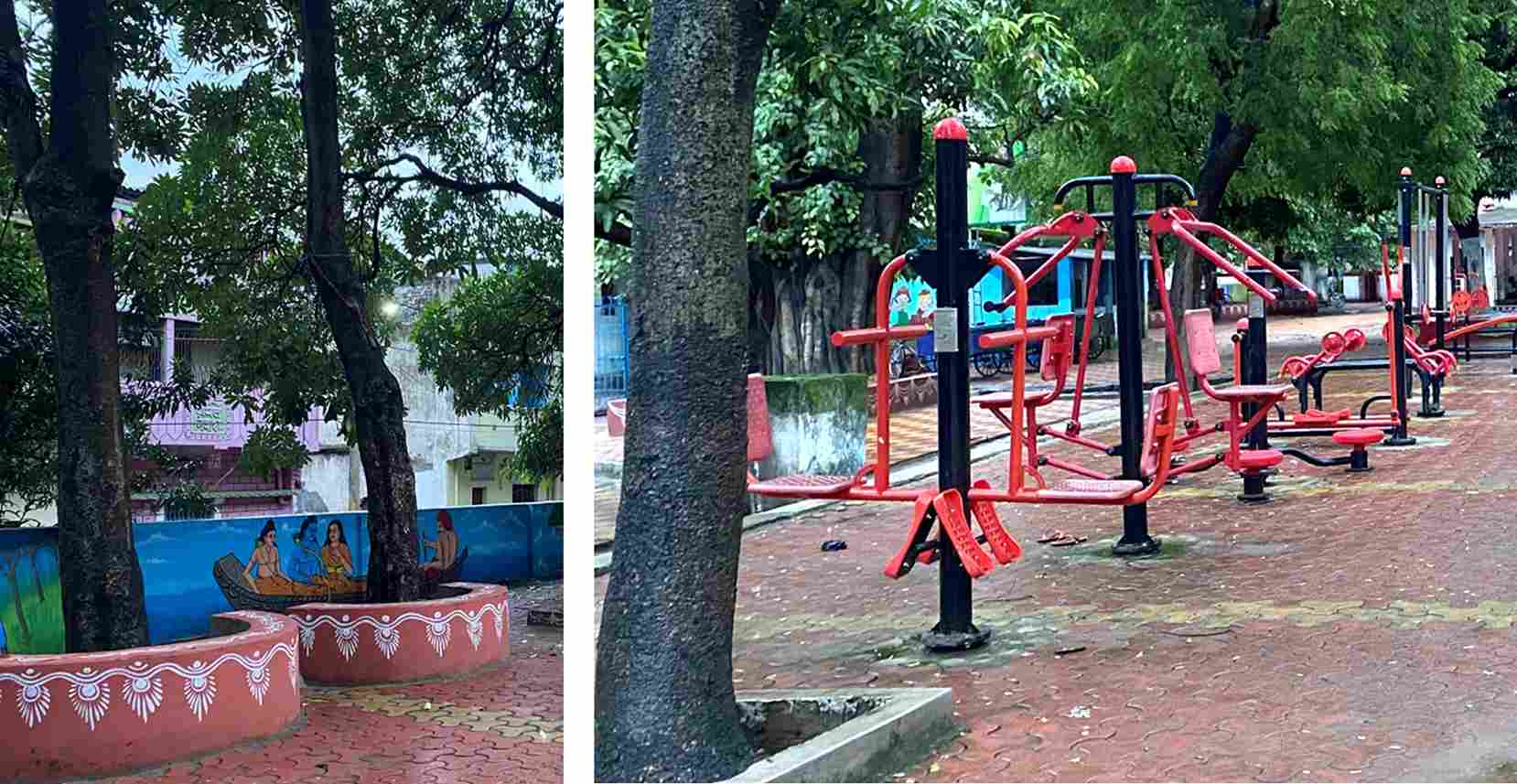
With the rising footfall and demand from kids, RMC and RSCL expanded the scope of the work so as to add formal play tools within the park and allow the upkeep of the area. RMC and RSCL secured finance for a similar by converging funds from varied programmes and schemes — such because the JAGA Mission, MUKTA Mission and SHAKTI Mission — that intention to offer high quality livelihood alternatives to slum dwellers in numerous cities in Odisha.
“We’re blissful to see exterior communities come to Leprosy Pada and use our park and fitness center. This makes us really feel dignified. We’ve got develop into equals now and there’s no distinction between us and them,” says Gopal Bini, an 80-year-old resident of Leprosy Pada.
By way of the lively participation of the group, a public area for younger kids was not simply improved however is now thriving as an area for everybody. Individuals from adjoining communities now go to the Durgapur slum extra incessantly, blurring the bodily and social boundaries that after existed. That is additionally fostering a way of dignity within the residents who now really feel like part of the bigger group giving them the hope that there’s a higher, inclusive future for his or her kids.
Watch this video to understand how the group is flourishing:
This text was co-authored and contributed by Dr Shubhankar Mohapatra, IAS (Collector and District Justice of the Peace, Jajpur; Former Commissioner, Rourkela Municipal Company; and CEO, Rourkela Good Metropolis Restricted); Arunima Saha (Program Affiliate, Sustainable Cities & Transport program, WRI India); Sree Kumar Kumaraswamy (Program Director, Clear Air Motion, Sustainable Cities & Transport, WRI India).
(Edited by Pranita Bhat)
[ad_2]
